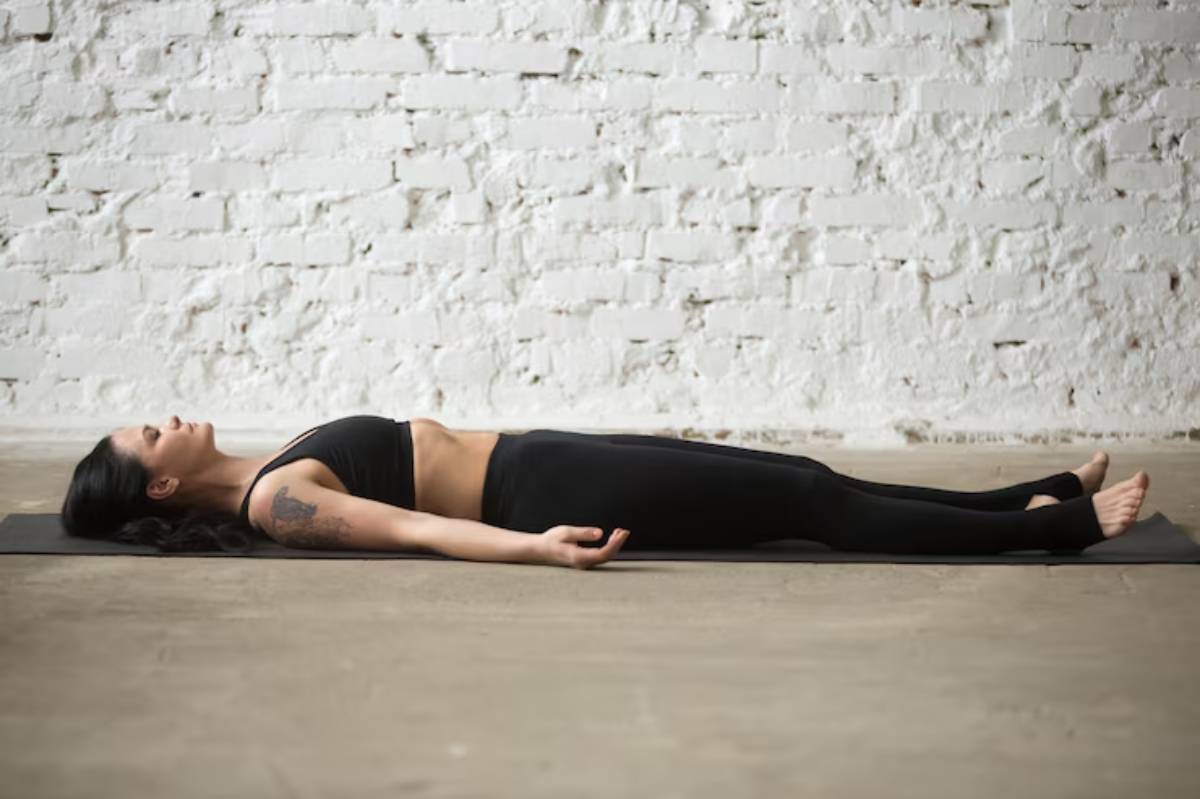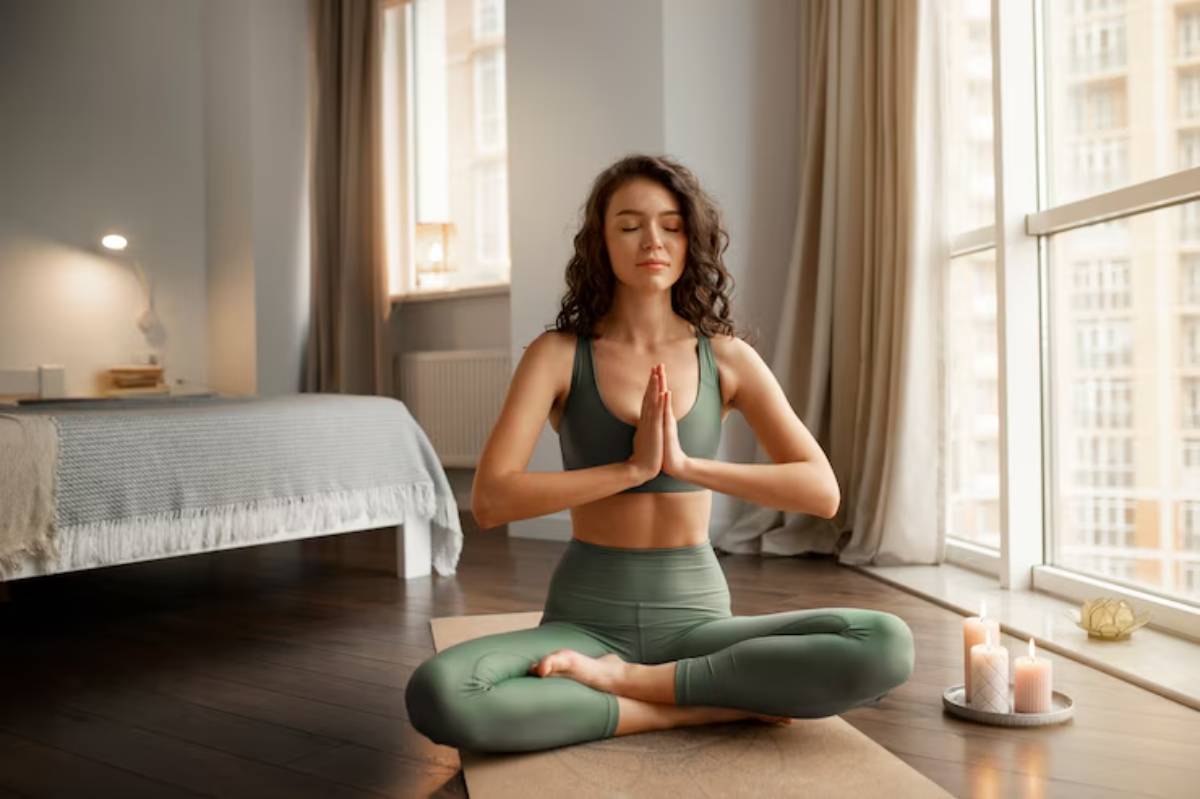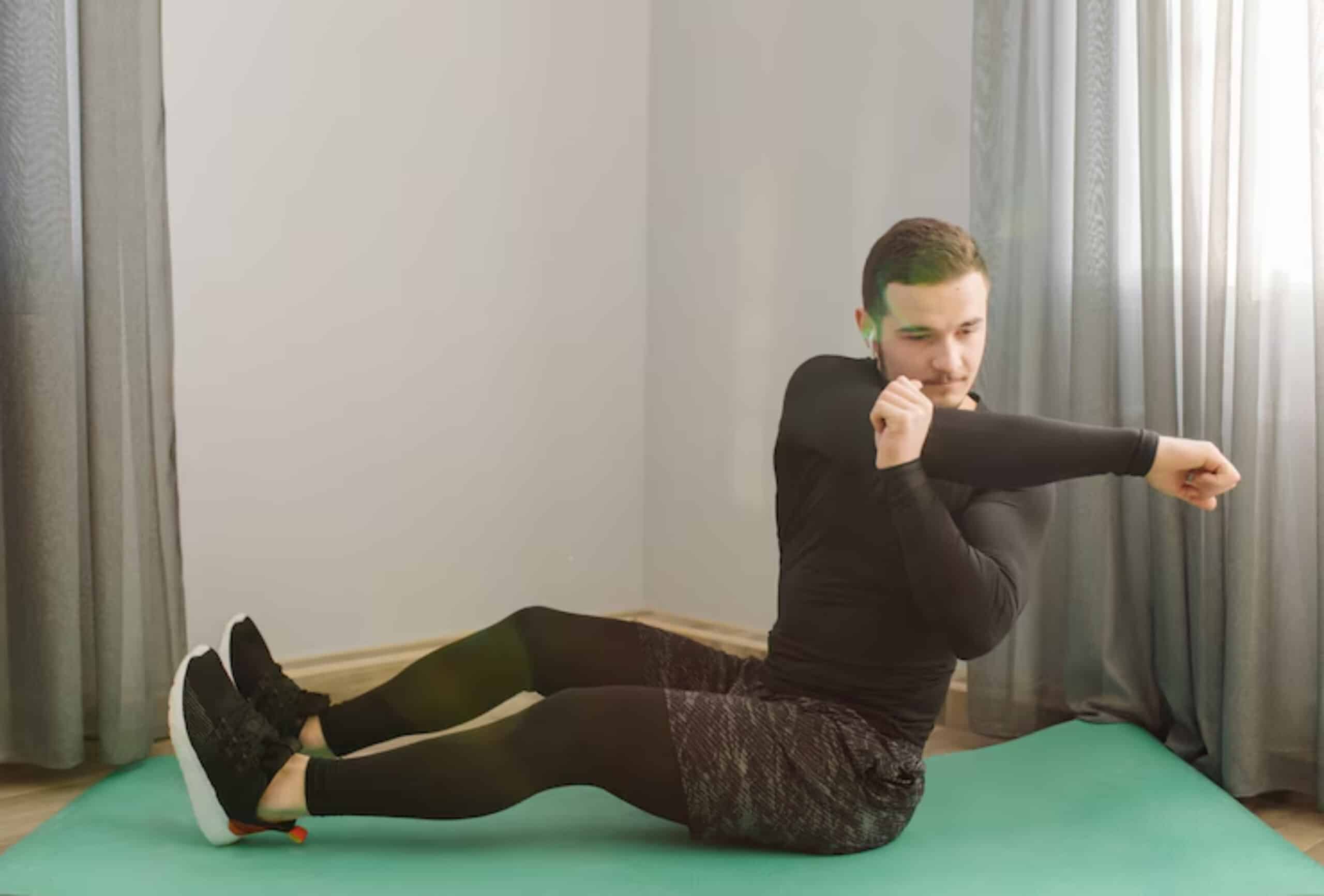
Hip Openers to Improve Squat Depth and Posture
Are you struggling to sink into a deep squat or feeling that nagging tightness in your hips after sitting too long? You’re definitely not alone. The hips are the crossroads of the body, linking the upper and lower halves and playing a huge role in movement, posture, and power.
Many people, whether athletes, office workers, or yoga newbies, have tight hips. This can limit your squat depth, compromise posture, and even lead to chronic discomfort. Thankfully, you don’t need fancy gym equipment to change that. You just need a mat, a consistent hip opener routine, and some mindful movement.
In this comprehensive guide, we’ll explore how hip flexibility yoga can improve your squat mobility and everyday posture. You’ll gain practical poses, detailed technique breakdowns, and real-world advice to help you open up your hips safely and effectively.
Let’s unlock your squat and release the tension that’s holding you back.
Why Hip Mobility Matters
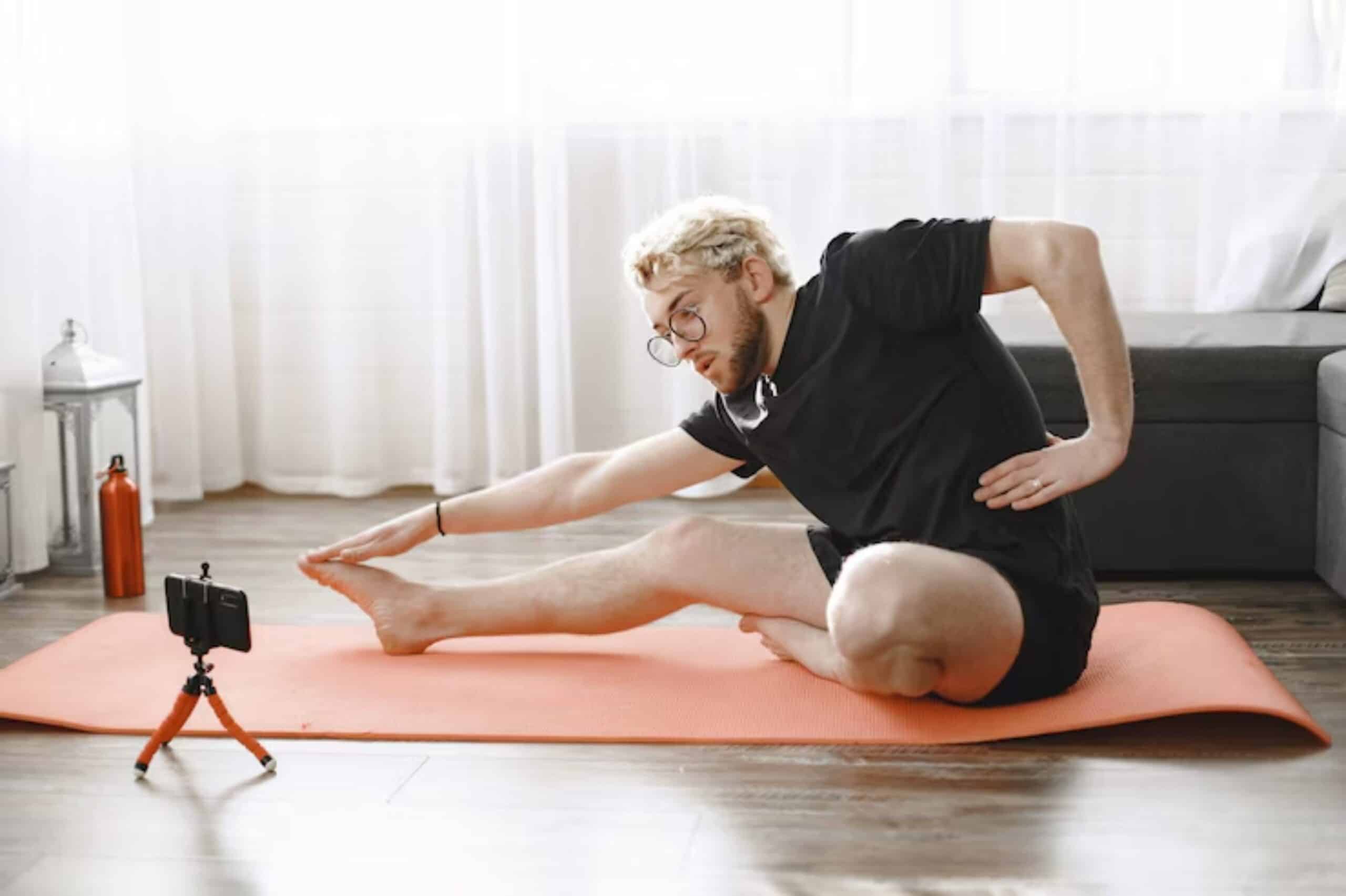
The Role of the Hips
The hips are a ball-and-socket joint, designed for a wide range of motion. Yet modern life restricts their function. Sitting for hours shortens the hip flexors, weakens the glutes, and stiffens the surrounding fascia.
Poor hip mobility can:
- Limit your ability to squat deeply
- Causes lower back pain
- Affect pelvic alignment
- Disrupt gait and running efficiency
Tight hips also pull on the pelvis, leading to an anterior pelvic tilt that throws your posture out of alignment.
Why Squat Depth Is So Important
A deep, stable squat isn’t just for gym-goers. It’s a primal movement pattern essential for:
- Lifting objects safely
- Maintaining balance
- Preventing falls
- Activating the core and glutes
Improving squat mobility through hip opener sequences increases not just your physical performance, but also your daily function.
The Connection Between Yoga and Hip Flexibility
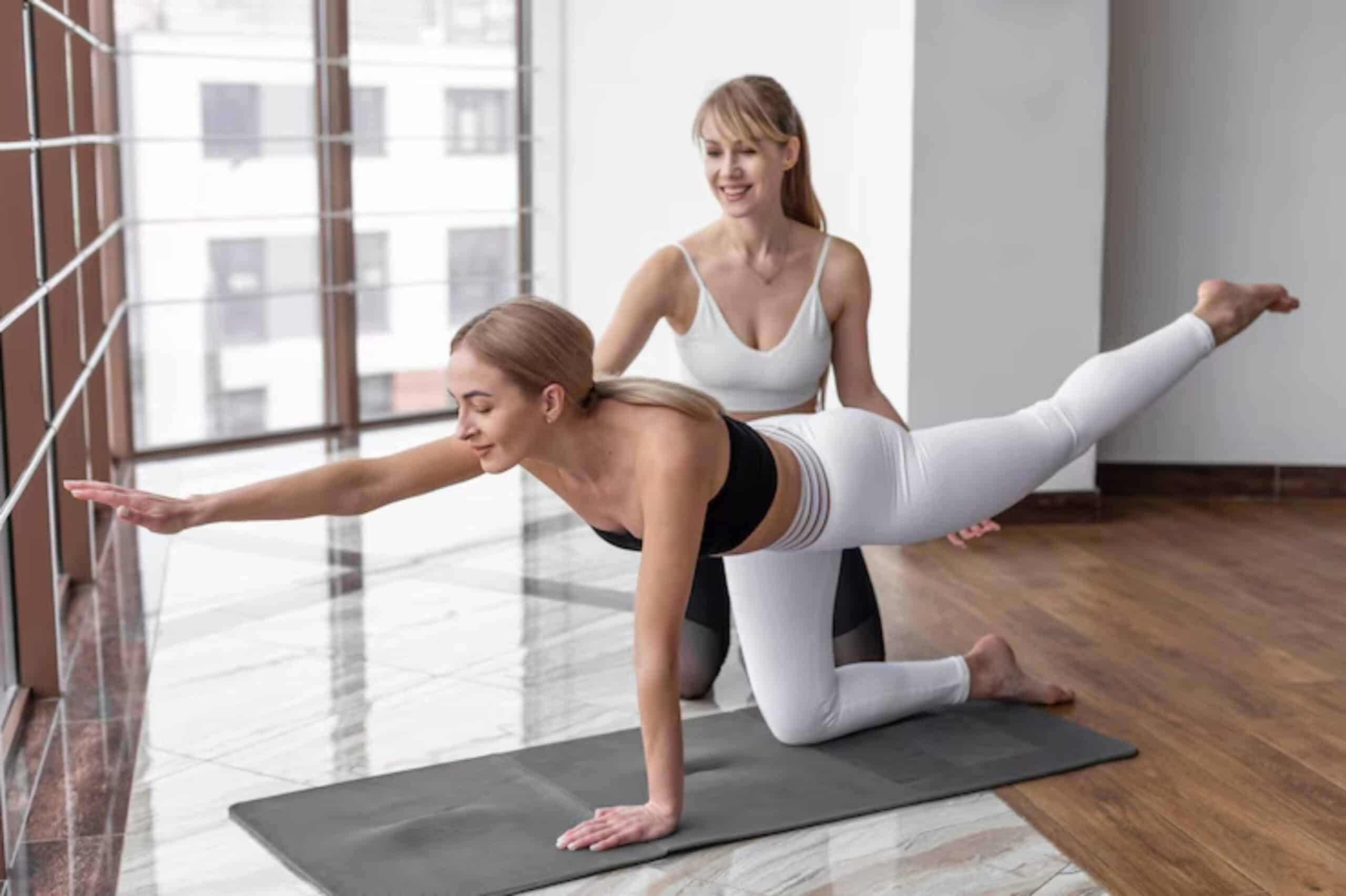
How Yoga Supports Hip Health
Unlike isolated stretches, yoga integrates:
- Dynamic and static movements
- Mindful breathwork
- Whole-body awareness
These elements help release tension, build muscular balance, and create sustainable mobility.
Benefits of a Hip-Focused Yoga Practice
- Increases circulation to joint tissues
- Reduces stiffness from sedentary routines
- Encourages symmetrical strength
- Improves postural alignment
- Decompresses the lower spine
Plus, it reduces emotional tension. Our hips tend to hold stress, so working this area can feel both physically and emotionally freeing.
Foundational Hip Opener Poses for Beginners
If you’re just starting out or returning after injury, begin with these gentle poses. Focus on breath and ease.
1. Bound Angle Pose (Baddha Konasana)
Why it helps: Opens inner thighs and groin
Tips: Sit on a block to keep the spine upright if your knees float high.
2. Seated Forward Fold With Wide Legs (Upavistha Konasana)
Why it helps: Opens hamstrings and inner hips
Tips: Avoid rounding your back. Use a bolster to rest your torso.
3. Thread the Needle (Supta Figure Four)
Why it helps: Opens outer hips and glutes
Tips: Keep the shoulders relaxed; don’t force the stretch.
4. Low Lunge (Anjaneyasana)
Why it helps: Stretches hip flexors
Tips: Tuck the tailbone under to deepen the stretch.
Intermediate Hip Opener Routine: Build Control and Strength
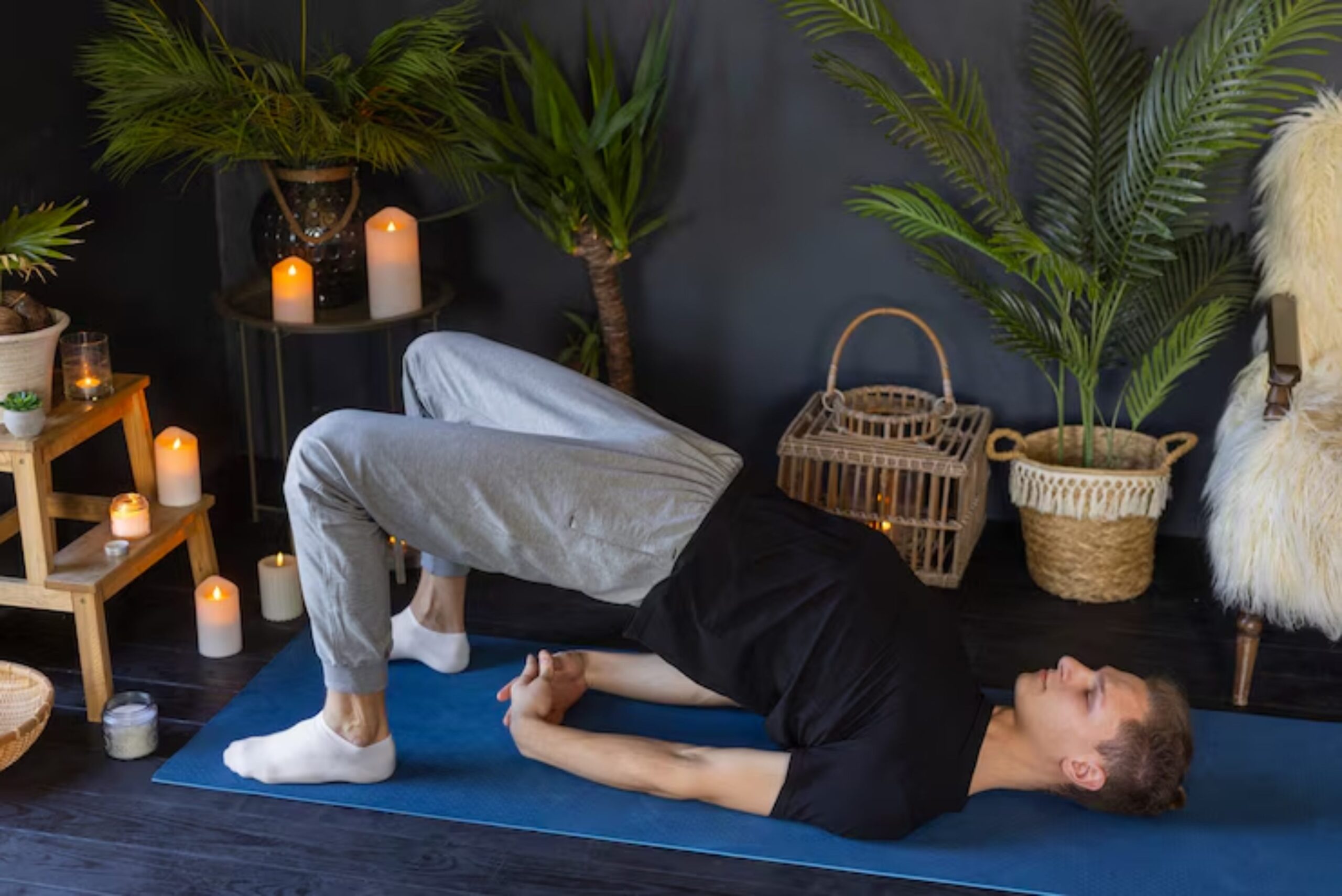
1. Lizard Pose (Utthan Pristhasana)
Why it helps: Deep hip opener targeting flexors and groin
Tips: Keep the back leg strong; use blocks if hands don’t reach the ground.
2. Pigeon Pose (Eka Pada Rajakapotasana)
Why it helps: Opens the outer hip and glutes
Tips: Keep hips squared forward. Support under the hip with a block or cushion if needed.
3. Frog Pose (Bhekasana)
Why it helps: It targets the inner thighs (adductors).
Tips: Use a bolster under the torso to ease intensity.
4. Garland Pose (Malasana)
Why it helps: It mimics a deep squat position, strengthens ankles, and opens hips.
Tips: Press elbows into knees and lift chest to avoid slouching.
For a well-balanced routine, pair this with our Daily Yoga Sequence to Improve Overall Flexibility.
Advanced Hip Openers for Deep Release
Only attempt these once you’re comfortable with intermediate poses.
1. Double Pigeon (Fire Log Pose / Agnistambhasana)
Why it helps: Opens hips and relieves tension in the piriformis
Tips: Stack shins and flex both feet. Sit on a cushion if your knees are lifted.
2. Compass Pose (Parivrtta Surya Yantrasana)
Why it helps: Combines hamstring stretch with hip opening and spinal twist
Tips: Warm up shoulders and hamstrings first. Use a strap if needed.
3. Splits (Hanumanasana)
Why it helps: Targets both hip flexors and hamstrings
Tips: Use blocks under the hands and a bolster under the hips. Go slowly.
4. Flying Pigeon (Eka Pada Galavasana)
Why it helps: Combining balance, hip flexibility, and arm strength
Tips: Warm up with Pigeon Pose. Keep the gaze forward and engage your core.
Building a Hip Opener Sequence for Squat Mobility
Here’s a sample squat mobility sequence to try 3–4 times a week:
Warm-Up (5 Minutes)
- Cat-Cow (1 min)
- Downward Dog (1 min)
- Low Lunge (1 min per side)
Main Flow (15–20 Minutes)
- Garland Pose (1 min hold)
- Lizard Pose (1 min per side)
- Pigeon Pose (1 min per side)
- Frog Pose (1 min hold)
- Double Pigeon (30 sec to 1 min)
Cooldown (5 Minutes)
- Supine Twist
- Happy Baby
- Savasana
Over time, this hip opener routine will transform your squat depth and ease of movement.
Posture Correction Through Hip Mobility
Improved hip mobility can:
- Re-align pelvic tilt
- Reduce lumbar compression
- Improve thoracic spine extension
- Ease tension in the lower back and glutes
When your hips move freely, your posture naturally improves. You’ll stand taller, walk better, and feel more at ease in your body.
Want to complement this with a posture-supporting flow? Explore Advanced Backbend Series for Strength & Mobility.
Real Stories: How Hip Openers Changed the Game
Jess, 30, Digital Marketer, “Sitting all day made my hips incredibly stiff. I started doing a 15-minute yoga hip opener flow each night, and now I can squat lower and stand straighter without back pain.”
Adeel, 39, Amateur Weightlifter “Improving hip mobility made my lifts more stable and deep. Garland Pose and Pigeon are now part of every warm-up.”
These stories show how simple, consistent movement can reshape how your body moves and feels.
Common Mistakes to Avoid
- Skipping warm-ups: Always prepare the joints with dynamic movement.
- Holding the breath: Inhale to find space, exhale to soften into the stretch.
- Overstretching: Pushing too hard can cause microtears. Ease in mindfully.
- Asymmetrical holds: Spend equal time on both sides.
- Ignoring props: Blocks, bolsters, and straps can be game changers for depth and support.
How to Track Your Progress
Flexibility isn’t just about how far you can fold. Try tracking:
- Squat depth: How low can you go with a straight spine?
- Knee position: Are the knees tracking over the toes?
- Hip sensation: Is the tension easing week by week?
- Posture photos: Take monthly side-view photos to monitor alignment
You can also keep a journal noting what poses you practised, for how long, and how your body responded.
Conclusion: Freedom Through the Hips
Improving your hip flexibility isn’t just about achieving yoga poses or getting deeper squats. It’s about reclaiming natural movement, preventing pain, and unlocking posture that feels strong and effortless.
A consistent hip opener routine can bring balance to your workouts, desk life, and daily movements. With the right sequence, a little patience, and breath-led awareness, you can transform tight hips into powerful, open, mobile joints.
Try today’s sequence, then let us know how it felt. Share your journey, leave a comment, or tag us in your mobility practice. Your hips will thank you.
